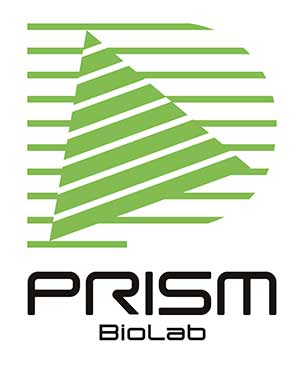Published on: 4月 18, 2023
Prediction of molecular interactions are becoming sophisticated and trustworthy and sometimes makes a contribution for decision making in drug discovery projects. Virtual screening of protein-ligand complexes has been the most focus area of in silico methodology to approach the protein of interest and used for selection of compounds to be assayed. However, the predicted docking modes are often unrealistic despite recent remarkable advance in AI technologies and the improvement of computational speed. In practice, the filtering of prediction results by visual inspection is still indispensable to figure out the credible docking mode. This visual inspection is a hard work for computational chemists or medicinal chemists.
Here is an interesting and insightful survey analysis article by Lill et al. (J. Med. Chem., 2021, 64, 5, 2489-2500).1) The authors focused on the inaccuracies o molecular docking and tried to identify consistent principles for medicinal chemist to figure out the native docking modes, where “native” refers to the pose present in the X-ray crystal structure. In virtual screening, docking scores for each pose are often utilized to seek for the correct interaction mode.
However, as computational chemists know, the docking mode with a high score sometimes shows incredible or peculiar pose from the eyes of skilled chemists, at least with the present virtual screening technologies. This paper aimed to tackle with the drawbacks of current computational chemistry, taking more deep focus on the visual inspection. A wide range of computational researchers from industry and academia were included in this study. The conclusion over three case studies was, first, visual inspection of the docked binding modes improves the prediction performance in most cases. Secondly, human bias disturbs the accurate selection of the natural binding mode and needs discussion with colleagues to improve the outcome.
In CBI (The Chem-Bio Infromatics Society) 2022, Yasuo et. al. presented that their recent research to make use of machine learning for visual inspection of protein-ligand complexes.2) In another paper in ACSOmega on virtual screening, the author mentioned the importance of pose-docking filtering in a detailed fashion to decrease docking failures.3)
It’ll be significant if a golden and automatic way to screen up a “correct” binding mode from the tremendous data volume of virtual screening. It should be a consistent rule for the inspection of docking results but, currently, it fully depends on individual chemist or scientist.
We are thinking that virtual screening result needs to be analyzed and utilized for decision making and drug structure design in a reproducible fashion. It would open the possibility for simplistic technology inheritance and the opportunity for contiguous drug discovery and development. We are taking continuous efforts to practically use IT/AI. We would appreciate anyone who are willing to get together for the development of fundamental technologies.
1) https://doi.org/10.1021/acs.jmedchem.0c02227
2) https://cbi-society.org/
3) https://doi.org/10.1021/acsomega.2c05826

